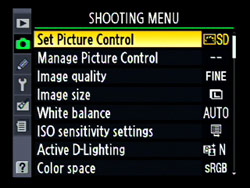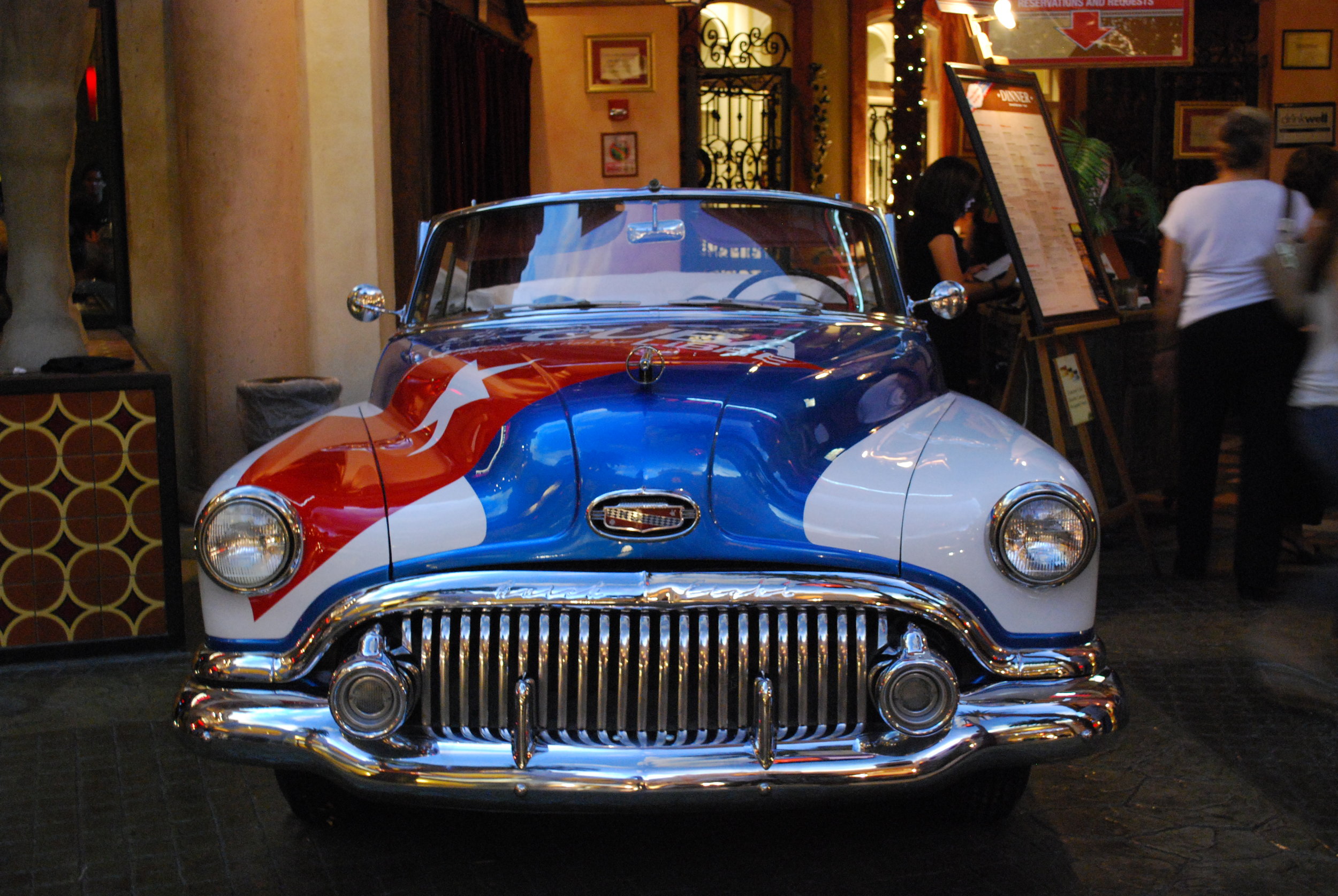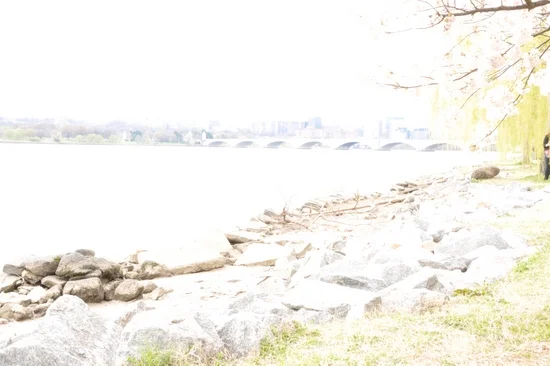We have already discussed about ISO and its pros and cons in my previous blog. Now, lets discuss about the ISO settings for Nikon D90. There is no doubt that Nikon D90 is a very powerful and semi-pro DSLR camera and also one of the first DSLR which records HQ video with sounds. Today, I am not going to discuss about the movie feature and save that topic for the future discussion. D90 is also considered as one of the best camera to capture variety of rich colors in if you handle the exposure correctly. We know that Shutter Speed, Aperture and ISO are the three main fundamentals (also called an exposure triangle) to control your exposure settings. We also discussed about the exposure compensation using different techniques like exposure lock, bracketing etc and we will discuss more about the proper combination of shutter speed and aperture for proper exposure in our future posts. But for now, lets discuss about the ISO settings that affects the exposure.
When you press the Menu button at the left panel on the back of your camera, you will get few menu options. Please click on the Shooting Menu (camera icon) where you will find ISO sensitivity settings option. When you go inside that option, there are mainly two things to be considered, one is ISO Sensitivity which is available with all exposure modes and another one is ISO Sensitivity Auto Control which is available in PAS modes only.
ISO Sensitivity option allows you to specify the ISO settings. It's a same thing as you press the ISO button on the back of your D90 and rotate main command dial. In Nikon D90, ISO can be set to AUTO which lets camera pick ISO value automatically as necessary or you can also manually set any value that ranges from LO 1 (equivalent to ISO 100) through 3200 to HI 1 (equivalent to ISO 6400). ISO Sensitivity Auto Control menu lets you specify how and when your camera will adjust the ISO value automatically under different lighting conditions. When Auto ISO is activated, the camera set ISO value whenever it's necessary if current ISO settings won't allow you for optimal exposure. There are three main features to be considered when you enable ISO sensitivity auto control option. Here is the brief discussion about them.
1. ISO sensitivity auto Control ON/OFF
This button will let you set the ISO sensitivity auto control ON or OFF. If it's OFF, it will prevent the camera from changing the ISO value automatically. If you turn this feature off, you have to increase or decrease the ISO value manually to compensate the exposure.
2. Maximum Sensitivity
This option is used to set the highest ISO value your camera can set automatically before it starts lowering the shutter speed to get the proper exposure.
3. Minimum shutter speed
This setting allows you to set D90 how slow the shutter speed can be before ISO is boosted up by camera automatically to higher value to get proper exposure. Default value is 1/30th of the second and it's not recommended most of the time to set shutter speed below that unless you are using tripod. If you are using telephoto lens, you might want to set the Minimum shutter speed to 1/250th of the second and if you are using wide angle lens for landscape, you might want to set below 1/30th of the second.















